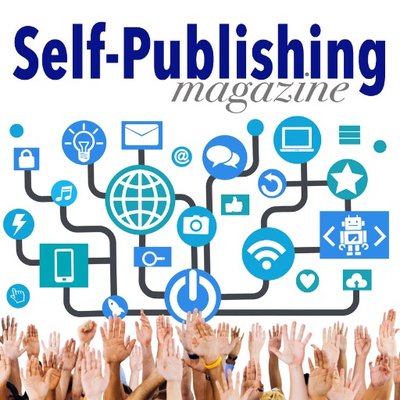
Despite the Big Five’s digital sales taking a hit in recent months, the downward trend hasn't succeeded in destroying the ebook market, evidently more resilient than it was given credit for. Accounting for around 30% of overall sales to readers, ebooks aren't encroaching much on the sales of their printed counterparts. If the two formats can co-exist, why is there an apparent need to discuss their relative merits? Perhaps because digital is a section of the industry that is prone to change, which leads to an element of uncertainty. Phrases like ‘falling for print instead of digital,’ used liberally in articles, imply it’s necessary to pick a side. I'm a bibliophile, yet I think the obvious points in defence of digital stand up to scrutiny: ease, practicality, cost effectiveness. Furthermore, ongoing technological developments have made them an increasingly sensible option for readers and publishers alike. I’d generally advise publishing in both formats. Many consumers like to read cross-format, rendering the format wars redundant.
One probable reason that this is still a contentious topic is the backstory. In recent history, the publishing industry has lived in a state of suppressed dread, fearing that ebooks could make printed books an anachronism. Certainly, publishing has been augmented as a result of ebooks. They have aided the rise of self-publishing and indirectly changed the role that literary agents play, to name just two examples. Furthermore, they have evolved. Now that they have improved functionality and can support more complex design elements, they could start to affect different parts of the market – ones that their forebears wouldn't have influenced – perhaps beginning to impinge on app territory. There’s no reason that this should cloud our judgement about publishing an ebook, though – it doesn't stop them from being a popular mode of reading, and one that looks set to stay.

Recently, The Bookseller’s Editor, Philip Jones declared that while print is faring better, ‘the e-book market is still in growth, and this growth comes from self-published e-books’. Ebooks are relatively cheap and easy for indie authors to produce in comparison to their printed counterparts, leading to an inundation of new content. Another factor that’s contributed to their popularity is pricing. Many things have led to ebook price increases across the board in the last eighteen months. However, on average, customers still expect to pay less for self-published titles, in effect imposing an upper price limit for most self-published ebooks – inevitably leading to a chunk of the market share shifting to indies (although this price hike has abated in recent weeks). Retailers continue to impose stricter contract terms for the trade. This, alongside the fact that DIY authors are often pretty proactive with their marketing, has led to healthy sales of self-published ebooks, even when the Big Five aren't seeing as much of a return for this format. Regardless of how a title has been published though, I’d still suggest that an ebook would be a wise decision in addition to a printed version; customers don’t tend to be swayed by who produced a title. Above all, they care about content, quality and accessibility. If you publish in print and digital, your title will reach a larger number of consumers.
Is Dual Format Always the Right Decision?
Most printed books translate well into ebook format. Due to progressions in technology leading to read-aloud functions becoming more mainstream and reduced fixed format costs, even picture books are seeing a growing digital readership. Graphics-heavy business books that would once have been inadvisable as ebooks tend to sell in ebook form, with some businesses choosing to sell files direct from their websites. There are tools available online to facilitate speedy conversion (assuming a level of prior knowledge and expertise). In short, there are fewer reasons not to opt for an ebook. Of course, there are exceptions. It goes without saying that any kind of manuscript that requires a reader to “fill in the blanks” won’t work – nor, on the whole, will interactive books – there’s still a level of delineation between ebooks and apps. There is also a lack of cohesion; we’re a long way from an ebook looking as good as it should across all devices. It’s far easier to gift copies of a printed book than it is to hand out ebook freebies so if this is your main aim, it might be worth a rethink, too. Even Goodreads’ Kindle giveaway service isn't being met with overwhelming enthusiasm. Review sites like NetGalley.com, and Apple’s iBooks codes help, but just handing out an ebook for review purposes is tricky due to the risk and prevalence of piracy. A lot of people prefer to be sent a printed review copy.
How can you determine the most appropriate format for your manuscript? There is a wealth of information available online, including self-publishing advice services that will give you impartial guidance. As with anything, educate yourself so that you know the best questions to ask when you get in contact with them.
Rachel Gregory is the group ebook manager at Troubador Publishing Ltd and the editor of the Self-Publishing Magazine , a free online resource for indie authors.
Comments